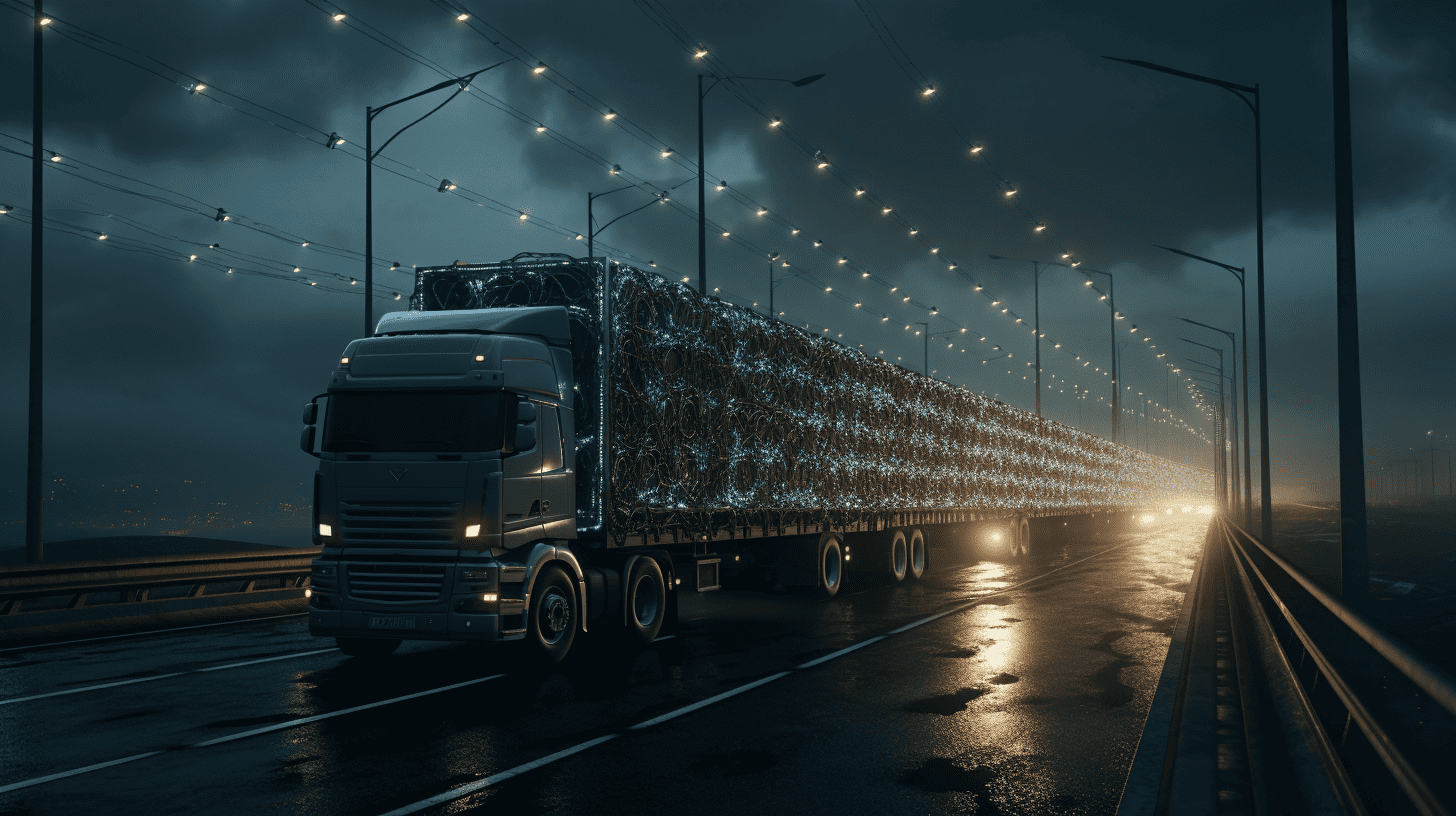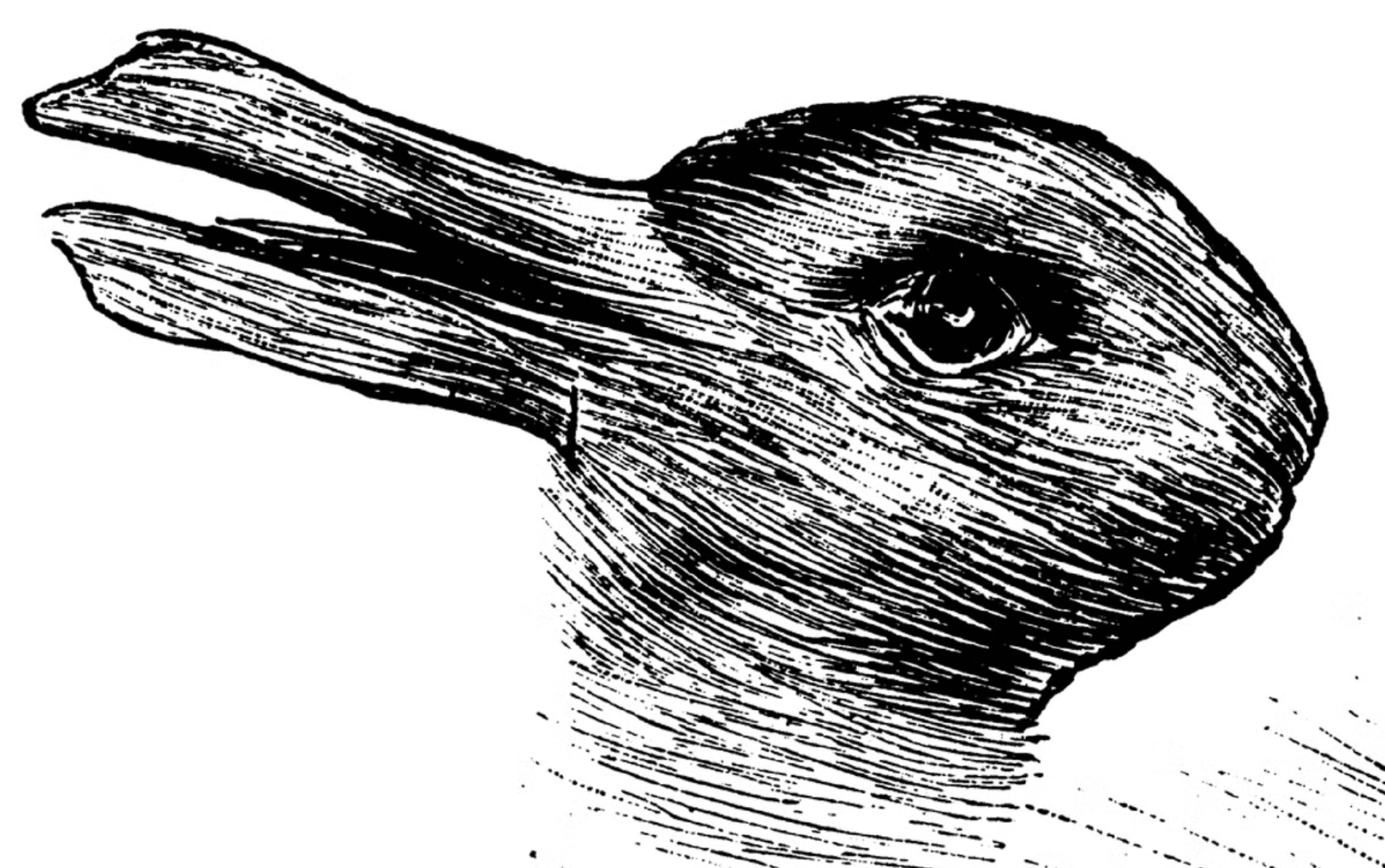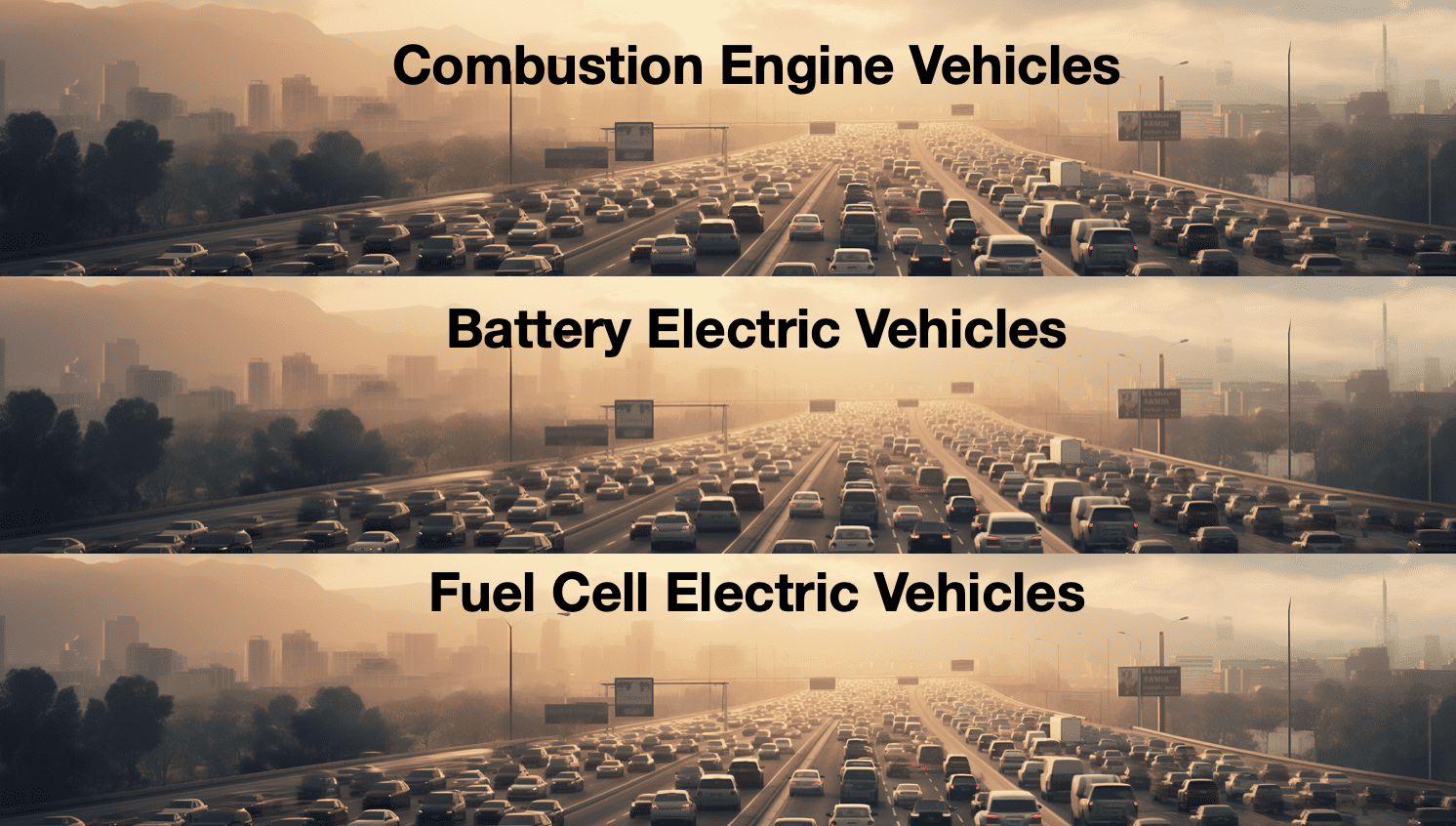
In a weekly column, alternately written by Lucien Engelen, Mary Fiers, Maarten Steinbuch, Carlo van de Weijer, Tessie Hartjes, and Auke Hoekstra, Innovation Origins tries to find out what the future will look like. All six contributors – sometimes accompanied by guest bloggers – are working on solving the problems of our time. Everything to make Tomorrow Good. This Sunday, it‘s Auke Hoekstra’s turn, about creating abundance. Here are all the previously published columns.
 One of the most revered reports in environmental circles is the 1972 study “Limits to Growth”. It intoned our civilization would quickly collapse if we did not limit ourselves and then drew the conclusion that we must aim for a condition “designed so that the basic material needs of each person on earth are satisfied” so we can transition “from growth to equilibrium”.
One of the most revered reports in environmental circles is the 1972 study “Limits to Growth”. It intoned our civilization would quickly collapse if we did not limit ourselves and then drew the conclusion that we must aim for a condition “designed so that the basic material needs of each person on earth are satisfied” so we can transition “from growth to equilibrium”.
Now the simulation behind the model did not predict “imminent global disaster” unless you count somewhere between 2050 and 2100 as imminent. It was surprisingly accurate and we are still moving along the disastrous “business as usual” scenario it predicted. It actually inspired me to choose a career in simulation. It’s the conclusion I criticize: its focus on basic needs instead of growth was deeply unpopular and utterly counterproductive in my opinion. I think the root problem is that it equates growth with waste. And I think it’s a shame many people in the environmental movement are still stuck in this mindset. I propose to stop moaning and get clever. I propose we actually get stuff done by using a positive motivating message: there are no limits to growth and we can create abundance by eliminating waste and suffering.
“There are no limits to growth and we can create abundance by eliminating waste and suffering”
Let’s look at how to do that for the main limits discussed in this and most other environmental reports: population, food, energy, and goods.
Population
By aiming for abundant healthcare and contraception we can eliminate the waste of human life and suffering inherent in overpopulation.
Surprisingly many people still adhere to Thomas Malthus (1766-1834) theory that population growth will only be limited by abstinence or – more realistically – starvation. (He thought it was God’s way to teach virtuous behaviour.) But study after study shows that once you lift people out of poverty and give them healthcare and contraception the population quickly stabilizes. There are currently 7.6 billion people on this planet and if current trends hold it will stabilize at 11 billion in 2100. One of the best things we can do for the environment is step up our efforts to reduce suffering because then the world population would stabilize at around 8 billion (UN medium and low scenarios).
Food
By aiming for abundant food, we can eliminate the waste and suffering that dominates our current bioindustry.
Humanity is depleting its aquifers and topsoil, demolishing forests and causing incredible suffering. (Did you know pigs are more intelligent and social than cats and dogs?) And as our taste for meat grows, things get worse because the conversion from plants to animals has an efficiency of around 10%. But we can change all that if we adopt modern farming techniques and grow our meat in a lab instead of on an animal. By eliminating the suffering and waste inherent in our current bio-industry we could create food that is healthier, tastier, abundant and cheap. What’s not to like?
Energy
By aiming for abundant energy, we can eliminate the waste and suffering inherent in our current fossil fuel-based system.
Fossil fuels are extremely wasteful. We are burning in a few hundred years what took hundreds of millions of years to get created and the resulting CO2 is heating up our planet. But we can eliminate that waste if we harvest solar power more directly. For example, by using solar panels and wind turbines. (By the way: did you know solar panels are about 50 to 100 times more efficient than biofuels and could give us 10 thousand times the energy we currently need?) Added bonus: millions of lives saved each year because of healthier air and we no longer have to placate governments that are abusing human rights and exporting terrorism.
Goods
By aiming for abundant goods, we can eliminate the waste and suffering inherent in our current “use it and throw it away” approach to manufacturing.
I think deep down we all know that throwing stuff away without reusing it is a wasteful and temporary affair. And we’ve all seen the pictures of animals (from whales to albatrosses) dying because their stomachs are filled with plastic. Limiting ourselves is once again not a solution. It just makes the problem less bad. Instead, we should aim for radical and total re-use. This one is hardest but will lead to higher quality products, a lot less waste lying around and, in the end, cheaper products. (Tesla claims it will re-use its batteries, partly because it’s cheaper than buying the materials again.)
Conclusion
And there you have it: my “No Limits to Growth” proposal. In a nutshell:
- Make health care and contraception abundant so fewer people die and the human population quickly stabilizes.
- Make energy abundant by harvesting it directly from the sun instead of first turning it into plants or even fossils that we then burn.
- Make food abundant by harvesting it directly from plants instead of first turning it into animals that we then kill and eat.
- Make goods abundant by reusing the stuff they are made up from instead of turning it into pollution.
- Learn, play, have fun!
Illustration: “Raft of the Medusa”, Wiki Commons








